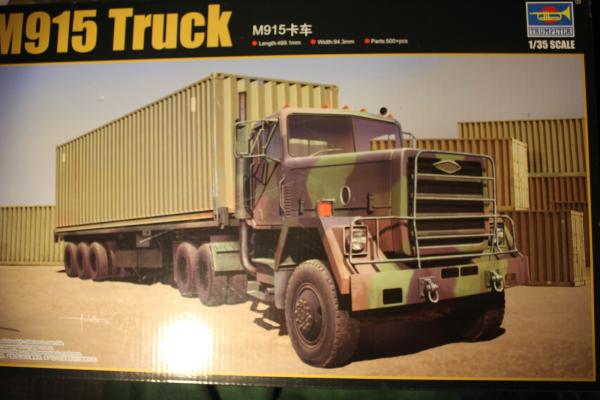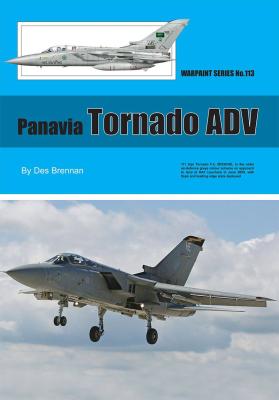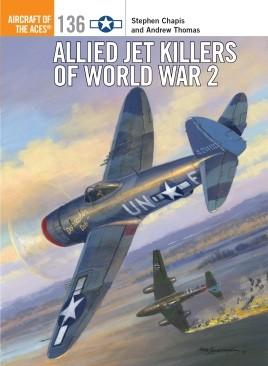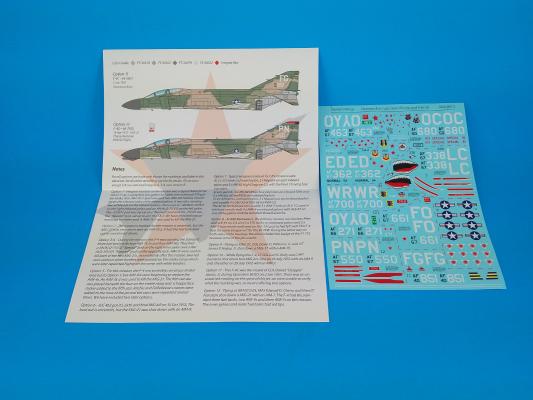The M915 is the basis for a series of heavy trucks built for the US Army. In the late 1970s the US army identified a need for a line of commercial trucks. AM General was selected in 1977 and the first vehicles were delivered in 1978. This new release from Trumpeter depicts the M915 Line Haul Tractor. This vehicle is limited to operating on hard surface roads and typically tows the M872 semi-trailer. This combination has a payload capacity of around 30 tons and this new release from Trumpeter contains the M915 tractor, M872 trailer and a 40ft container.
Welcome to the IPMS/USA Reviews site!
Introduction: The primary organization of the IPMS/USA Review website is by IPMS/USA National Contest Class. Within each Class there are sub-menus by kits, decals, books, etc. The Miscellaneous Class is for items that are not class specific or that cross two or more classes.
IPMS/USA Members: We encourage you to submit reviews, both here and to the Journal. To volunteer for membership in the IPMS/USA "Reviewers Corps" and submit your own reviews, please read the Guidelines For Submitting Product Reviews.
Manufacturers, publishers, and other industry members: IPMS/USA is pleased to offer your company the opportunity for product reviews. All product reviews are performed by IPMS/USA members, and are posted in the publicly-accessible section of our website. With very few exceptions, we perform full build reviews of new kit releases, aftermarket products, and supplies. If you would care to provide product samples for review, please contact John Noack, IPMS/USA 1st VP.
To learn more about IPMS/USA, please see our About Us page.
Des Brennan provides a thorough coverage of the development, deployment, service, and retirement of the Panavia Tornado ADV in this publication. Illustrated by Richard J. Caruana, this book is an excellent resource for the aviation historian as well as the modeler.
The written content is well written, in clear and precise language. The content is presented in chronological sequence, as most publications of this type are, beginning with a thorough description of the role into which a new aircraft was to fit. The author describes, in detail, the requirements that the aircraft was to meet in order to accomplish its purpose in a theatre of operations with rather complex needs.
The text is supported by a large number of excellent color images and stunning 3-view drawings of the aircraft with varied markings. Richard Caruana, the illustrator, certainly captured the aircraft well in these illustrations.
Osprey Publishing has previously released books on two iconic side arms: The Colt 1911 Pistol and The Webley Service Revolver. What has been missing from the history of pistols, until now, was one weapon that was developed and deployed in the late 1890's, namely the Feederle Pistol from Mauser. Otherwise known as the 'Broomhandle' Mauser.
While this pistol was manufactured and sold by Mauser and is often attributed to them, the design and development was actually done by brothers Fidel, Friedrich, and Josef Feederle. The Feederle brothers worked for Paul Mauser and, in his defense, it was somewhat standard operating procedure for a company to take credit for any design/development work done by the namesakes employees. [Fun Fact: Paul Mauser once forbade Fidel Feederle from working on a pistol design.]
Osprey Publishing, out of Oxford, UK, is back again with another Aircraft of the Aces series entitled Allied Jet Killers of World War 2, by Stephen Chapis and Andrew Thomas. Jim Laurier was commissioned to illustrate the various allied aircraft via original color artwork. Anyone familiar with aircraft modeling literature and research will recognize this authoritative series, and this latest release won’t disappoint.
Allied Jet Killers follows the format of the previous Aircraft of the Aces volumes, containing beautiful (original) color plates and numerous black and white photos with detailed captions, although much of what is contained in the captions is also reflected in the main text.
The photos are credited, and while I’ve seen some of the images before, most are new to me.
Background
The air war in Vietnam was a departure from what the United States had experienced in prior conflicts. The over-dependence on air-to-air missiles, micromanagement of operations from the White House, and countless constraints and rules of engagement put American aircrews at a distinct disadvantage against North Vietnamese adversaries. Despite those limitations, the US forces adapted to circumstances, exercised some good old American ingenuity, and managed to generate several aces and some legendary missions based on unorthodox tactics. A common thread in the making of these aces and employment of these tactics was the F-4 Phantom II.















